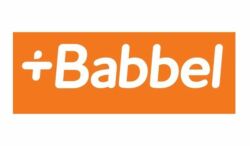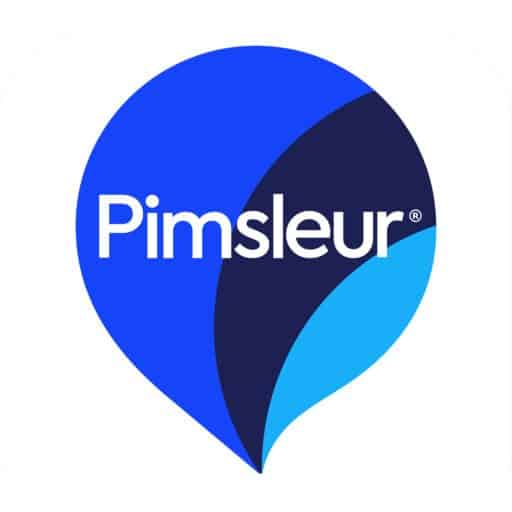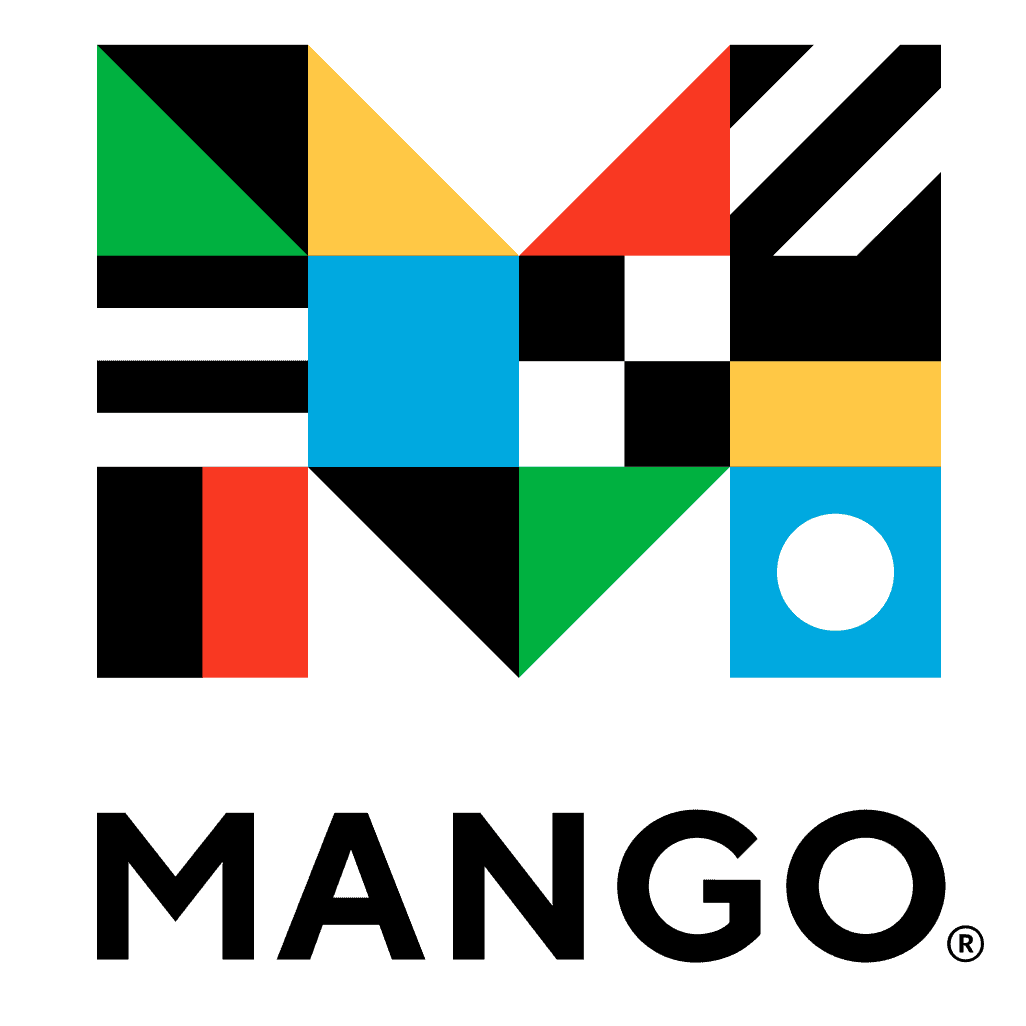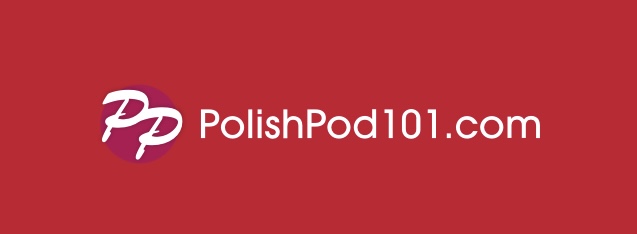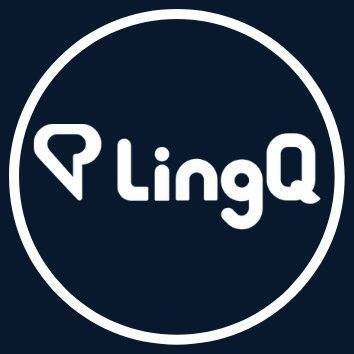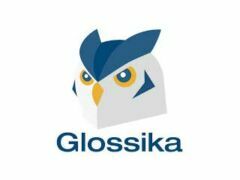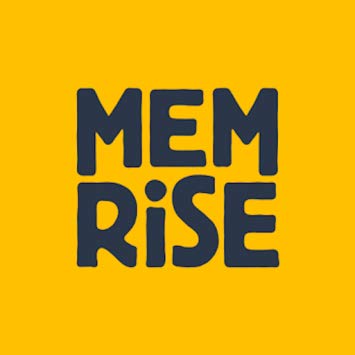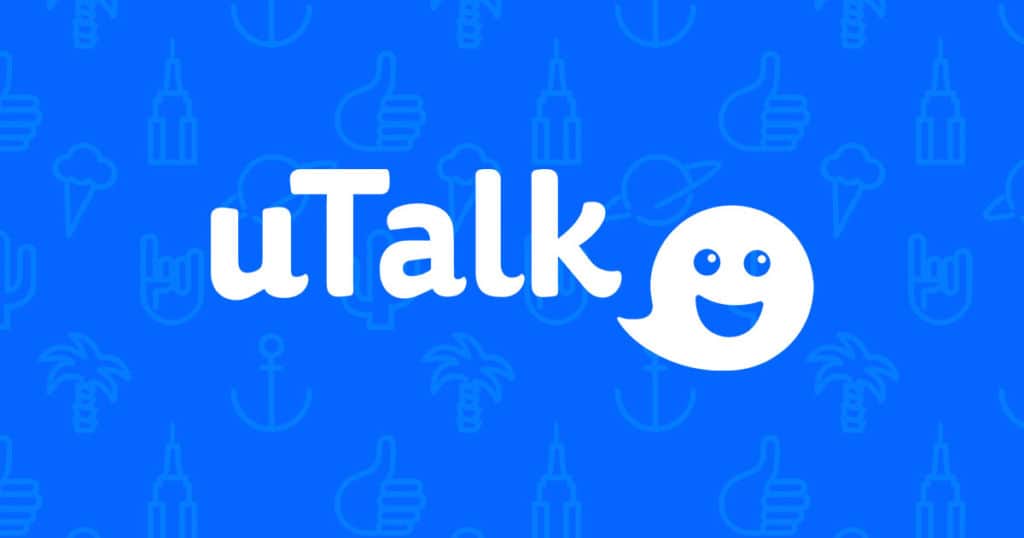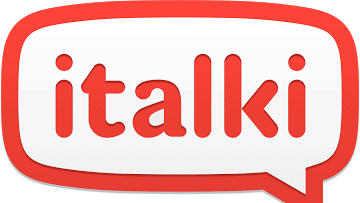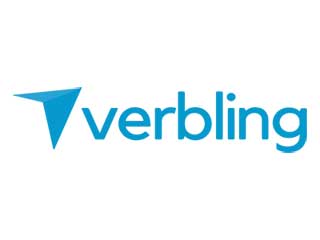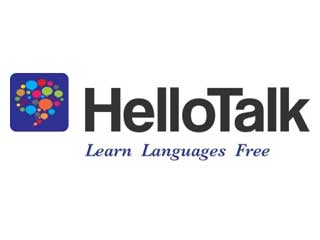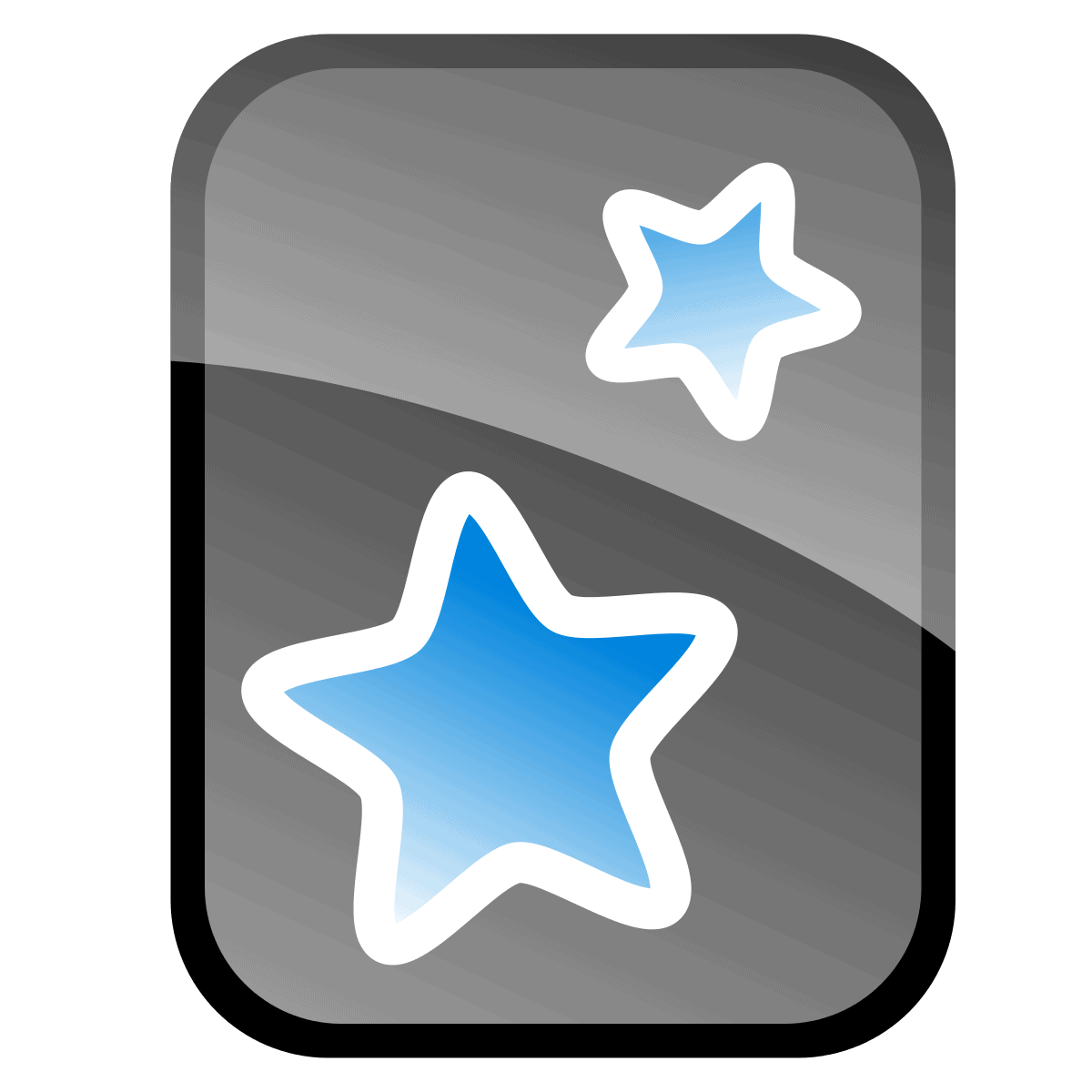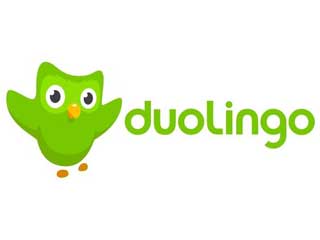Learning a language shouldn’t be stressful, especially Polish. With our long list of great recommendations, we can point you in the right direction.
This list covers our top picks for learning Polish. We cover the best courses for learning Polish based on quality, area of focus as well as price.
Are you ready to find out which courses best suit your needs and preferences? Let’s get started with the best Polish courses for language learners.
Table of Contents
Table of Best Courses to Learn Polish
Links below will send you to the course websites, and the course details are down below:
OVERALL BEST
A Robust Resource for Beginning Polish: Babbel
A Proven Method of Learning Polish: Pimsleur
BEGINNER’S COURSES
Decent Instruction for Beginners: Mango Languages
READING AND LISTENING
Podcast-Style Polish Practice: PolishPod101
Read Your Favorite Content: LingQ
SPEAKING AND WRITING
Best for Improving Oral Communication Skills: Pimsleur
Good for Intermediate Students Wanting to Practice Speaking: Glossika
A Pronunciation-Focused Tool: Mówić po Polsku
VOCABULARY ACQUISITION
A Straightforward Start With Polish: Memrise
Best for Learning Key Words & Phrases: uTalk
A Decent Course With a Useful Social Feature: Busuu
TUTORS AND LANGUAGE EXCHANGES
Tutoring Help No Matter Your Ability Level: italki
Great Way to Find Tutors and Classes: Verbling
Best Way to Find Language Exchange Partners While Taking Its Audio Lessons: HelloTalk
Overall Best Polish Learning Courses
If you’re looking for a course that offers a more comprehensive approach to teaching Polish, then we recommend these courses. These courses cover several aspects of Polish and are great for those starting out.
A Robust Resource for Beginning Polish
Babbel takes an interactive approach for Polish, and you’ll notice some similarities to the game-y Duolingo. But the content is strong, and their strategies help everyone from beginners to intermediate language learners hone their abilities.
At the advanced level, however, you’ll probably want to invest in a higher-level resource to continue with Polish.
Pros
- There are a variety of exercises to practice what you’ve learned.
- Lessons build on each other.
- Grammar is explained clearly.
- Good, clear audio recordings.
Cons
- Advanced Polish speakers will need a supplement.
- There’s not much oral practice involved in comparison with other top picks.
Countdown to Summer Sale! Get 60% off Babbel Lifetime Subscriptions. See details on the website. Offer ends on 5/5/2024.
See our Super-Detailed Babbel Review
A Proven Method of Learning Polish
Pimsleur is an excellent resource for learning a ton of different languages. It offers both male and female speakers and tons of audio content across all languages. With Polish, you’ll use their app to access your paid course.
The bad news is that you can’t get Polish as part of a Pimsleur subscription right now. Hopefully, that’ll happen soon.
Pros
- Audio-based learning is a perk.
- The focus is on developing your oral Polish skills.
Cons
- Polish isn’t available as part of the subscription.
- You might need a supplement for more written work.
See our Super-Detailed Pimsleur Review
Best Polish Beginner’s Courses
If your goal is to become fluent in Polish, a course that provides a solid foundation in the language is necessary. This section covers the best courses that are suitable for beginners.
Decent Instruction for Beginners
Although not spectacular, Mango Languages is a solid resource for beginning Polish speakers. It has an interactive format with built-in rewards, which is helpful for beginners, especially.
It’s quite affordable and a pretty good course. The good news is that many libraries offer it for free, so if you can get access, it might be a workable alternative to Duolingo. Especially if you’re studying more than just Polish, you might like Mango Languages.
Pros
- You might be able to get it for free.
- You can study multiple languages (currently 70+).
- It’s interactive and engaging, with rewards and stats trackers.
Cons
- It can get boring since it’s repetitive (but that’s also a plus for learning multiple languages).
- The translation function isn’t as valuable as you might expect.
See our Super-Detailed Mango Languages Review
Courses to Learn Polish Reading and Listening
To improve your comprehension of both Polish text and speech, regular practice is required. The following courses have the best material to help improve your receptive skills.
Podcast-Style Polish Practice
With the popularity of podcasts, it’s no wonder PolishPod101 totally works. It’s a podcast format with hundreds of audio and video lessons, and the focus is on jump-starting your speaking skills. It’s flexible and can go anywhere, too.
New content comes out all the time, too, so in addition to the hundreds of mini-lessons, you’re bound to get new stuff often.
Pros
- Dialogues focus on natural conversation.
- The Basic plan is very affordable.
- There are curated lists, smart flashcards, and a library of hundreds of mini-lessons.
Cons
- Not structured well enough to be the only resource you use.
- Aggressive marketing will fill up your email inbox.
See our Super-Detailed PolishPod101 Review
Read Your Favorite Content
LingQ is a language-learning platform that focuses on extensive reading for over 30 different languages. You can import your own content or choose from the community library of books, articles, podcasts, YouTube videos, and more.
The app highlights unknown words across every lesson and makes them reviewable via different types of SRS flashcards. The more you read, the more accurately you will be able to identify content that is suitable for your level.
Although I did not find it beneficial for languages I had never studied before, I think LingQ can be helpful for upper-beginner to advanced language learners who enjoy reading. It is especially helpful if you struggle to find graded readers in your target language.
Pros
- Easily import almost any material you want to study
- Use SRS flashcards to quiz new words from a specific page
- Each lesson in the library displays the percentage of known and unknown words based on reading history
- There are many dictionaries to choose from for definitions
Cons
- Reviewing words is chaotic
- The extra features are overpriced and can be found other places for cheaper
- Very little of the content is original. Much of it was uploaded by users from other places
- The free version is extremely limited
See our Super-Detailed LingQ Review
Courses With Polish Speaking and Writing Emphasis
Speaking and writing in Polish may seem a bit challenging and even awkward at first, but nothing is impossible with enough practice. The courses below are some of the best to get you speaking and writing Polish proficiently.
Best for Improving Oral Communication Skills
Pimsleur is an excellent resource for learning a ton of different languages. It offers both male and female speakers and tons of audio content across all languages. With Polish, you’ll use their app to access your paid course.
The bad news is that you can’t get Polish as part of a Pimsleur subscription right now. Hopefully, that’ll happen soon.
Pros
- Audio-based learning is a perk.
- The focus is on developing your oral Polish skills.
Cons
- Polish isn’t available as part of the subscription.
- You might need a supplement for more written work.
See our Super-Detailed Pimsleur Review
Good for Intermediate Students Wanting to Practice Speaking
If you’re studying more than just Polish, Glossika might be a perfect fit for you. There are a ton of languages, and a single subscription grants you access to all of them. For each language, you’ll find audio drills and comprehension practice.
The price is what lands this resource in our third-tier section, but if you’re studying Polish plus other languages, it might be worth the investment.
Pros
- There’s a ton of audio content.
- You get access to Polish plus all the other languages.
- The drills are repetitive, which helps develop your speaking and listening skills.
Cons
- It’s expensive when compared to most other Polish courses.
- Sometimes users find errors in the courses.
- The repetition can get boring—so you’ll need to stay motivated.
See our Super-Detailed Glossika Review
A Pronunciation-Focused Tool
Mówić po Polsku involves a guide for the alphabet and basic pronunciation rules, a section on vocabulary and expressions, a Polish grammar area, and videos and podcasts.
While there’s a lot of material, there’s not much organization involved. You won’t necessarily work through lessons in order—you’ll have to jump around to find the grammar and pronunciation help you need. The audio files help hone your pronunciation, though.
Pros
- Audio files can help with pronunciation skills.
- It’s completely free.
Cons
- No organized hierarchy for working through the lessons.
- A single person created/manages the site, so there are some errors.
Learn Polish Vocabulary and Grammar
Vocabulary and grammar are fundamental to language learning. Understanding the structure of the Polish language and possessing a large Polish vocabulary will ensure that you achieve fluency quickly.
A Straightforward Start With Polish
Memrise is another resource that’s great for beginners, and it also fills in some gaps that courses like Duolingo can’t. However, it shouldn’t be used in isolation either because there’s not a traditional path to build your skills.
Memrise does have a ton of free content, most of which are user-generated ‘decks’ that can help develop your vocab and grammar skills. These have been separated from their main courses and are now part of their Decks platform.
Pros
- User-generated content is free and always improving.
- You can target specific subjects and learn vocabulary to suit.
- It’s easy to use and intuitive.
Cons
- The decks don’t build on one another, so there are gaps.
- You’ll need another resource for more advanced Polish development.
See our Super-Detailed Memrise Review
Best for Learning Key Words & Phrases
This is another app with courses available in a staggering number of languages. It’s essentially a slick flashcard app with several built-in memorization games and some opportunities for recording yourself speaking to practice pronunciation. It won’t give you any grammar practice or teach you how to form your own sentences, but it can make an inexpensive way to memorize some useful set phrases.
Pros
- Each phrase is recorded by a male and female native speaker
- You frequently get to hear recordings of yourself producing the language
- The price is very affordable
Cons
- The Memory Game exercise felt like a waste of time. It’s difficult to get a perfect score even if you know the language well
- Practice phrases are random
See our Super-Detailed uTalk Review
A Decent Course With a Useful Social Feature
Busuu has a cool interface and learning platform, but the lessons are lacking. Our favorite part is the language exchange forum, where you can get your speech or writing corrected (or offer the same for other students).
The problem is that there isn’t a lot of guidance when it comes to grammar explanations making it difficult to get the practice you need to understand more difficult concepts. It’s not necessarily expensive, but there do exist better resources out there at similar price point.
Pros
- The language exchange component is worth signing up for a free account.
- It’s nice that there are some written exercises/creative prompts.
Cons
- Other apps offer a similar experience, but with more depth.
- There aren’t enough explanations of grammar or pronunciation.
See our Super-Detailed Busuu Review
Tutors and Polish Language Exchange
Are you looking for more immersive ways to help with your language learning? We highly recommend tutors and language exchange courses that’ll connect you to native Polish speakers who will help you improve your Polish language skills.
Tutoring Help No Matter Your Ability Level
For anyone who does well with a customized language learning experience, italki is a budget-friendly and convenient option. It’s a platform for students to connect with instructors (both teachers and tutors).
You pick your instructor and the rate you’re comfortable with, then schedule tutoring sessions that focus on the topics you need to work on. You can even find native speakers in any language to really hone your pronunciation—and get a cultural background.
Pros
- Lessons are flexible and easy to sign up for.
- You can take a trial lesson for a few bucks to check things out.
- Lots of extra tools to help language learners.
Cons
- The pricing is kind of weird, you have to convert to italki credits.
- Sometimes in-demand teachers get booked up.
See our Super-Detailed italki Review
Great Way to Find Tutors and Classes
Verbling is an online language-class marketplace where you can take lessons with teachers of your choice. It has some student-friendly extra features, including a built-in online classroom, flashcards, homework calendar, and a filing system for lesson materials. There are also useful but disorganized forums where you can discuss languages, share writing for critique, and do free language drills and exercises.
The lessons are generally high quality and well structured, plus the filters make it easy to find teachers who specialize in everything from accent reduction to interview preparation.
Pros
- You can find great teachers quickly
- The platform’s extra features, such as teacher-made, personalized flashcards, help you review the material learned in each lesson
- It seems focused on long-term progression as well as immediate student satisfaction
- You don’t have to give out your contact details, thanks to the classroom technology
Cons
- Some teachers don’t use the platform’s flashcards and materials system
- There are fewer languages available than on italki
- You can only pay in US dollars, plus there’s a hidden fee
- The forums need more moderation
See our Super-Detailed Verbling Review
Best Way to Find Language Exchange Partners While Taking Its Audio Lessons
HelloTalk is a mobile app for language learners interested in language exchange. It facilitates communication between native speakers and those learning their language with the use of built-in language tools. It also offers audio lessons in 10 languages as part of a separate subscription.
Pros
- It’s exciting to practice communicating with real people
- The built-in language tools are helpful
- It’s easy to pick up and put down whenever you like
Cons
- It’s too easy to rely on google translate
- It can be hard to find good partners
- The paid audio lessons probably aren’t worth it
See our Super-Detailed HelloTalk Review
Maybe Try These Polish Learning Courses
Here are some more options that are commonly recommended, but didn’t make our favorites list. Some of them could make good options for learning Polish.
FSI Courses
FSI is a dated yet helpful resource that is completely free and therefore gets pushed up this list. It involves a 450+ page PDF student text plus audio files. Of course, it was published in 1992, which means the content is very dated.
Still, FSI gives you a strong introduction to Polish, and you can’t argue with the time-tested textbook approach. That said, it could be a little boring.
See our Super-Detailed FSI Courses Review
Udemy
Udemy is a helpful resource for many different topics of study, so there is a long list of Polish courses on the platform, too. Courses range from one to over seven hours and are available with a range of instructors. Each class has a money-back guarantee, but you also receive lifetime access to whichever courses you buy.
The video format helps hone your listening and speaking skills, but many instructors offer written supplements, too.
edX
edX offers language courses for beginner through to advanced students from various universities on edX. And if you’ve mastered all those, you can even study courses in Polish.
The content, quality, teaching style, and price will vary, so it can be hard to know whether a course is a good use of your time beforehand. However, they tend to be freemium, so it’s easy to sample them before committing.
Coursera
Coursera offers online courses from universities around the world, open for registration at any time, and self-paced. Advanced learners can take courses on many different subjects taught in Polish, and others will be able to find courses teaching the language. Courses are free and many for a fee. Most offer a certification upon completion if you’re willing to pay.
Rosetta Stone
If the price doesn’t immediately turn you off Rosetta Stone, the repetitive format might. It uses a picture-sorting teaching method that is pretty boring. There are few explanations of what you’re supposed to be doing or learning, and each lesson features picture matching and sorting.
As you work through the course, you’ll find a bit more variety in terms of fill-in-the-blank exercises (but still using the same tired pictures). The speech recognition tool seems promising, but we’re not sure it’s worth the high cost for that alone.
ALR Readers Exclusive Holiday Deal!! Get the Lifetime Subscription for 25 languages for $179 (everywhere else it’s $199 right now!). See details on the website.
See our Super-Detailed Rosetta Stone Review
Mondly
We’re not impressed with Mondly’s execution of their language course. Although it’s clear they had good intentions—the idea is good—the final result is lacking. The format is repetitive and dull, and the lesson progression just doesn’t make sense.
You can find a ton of vocabulary to study, but at this price point, we’ve found much better resources to recommend for learning Polish.
Spring Sale! Get 96% off Lifetime Access to Mondly Premium, plus bonus access to Mondly AR & Mondly Kids! See details on the website. Offer ends on 4/30/24.
See our Super-Detailed Mondly Review
Transparent Language
Transparent Language offers a huge range of languages, but we honestly can’t recommend them. When it comes to learning Polish, you’re going to need more than memorization and instruction that barely scratches the surface.
We do like the recording tool—where you can insert your response into the lesson—but that’s about the only perk we can come up with, especially given the high price point.
See our Super-Detailed Transparent Language Review
Best Free(mium) Courses for Learning Polish
If you’re looking for budget-friendly courses to learn Polish, we have some great recommendations for you to check out.
Textbook-Based Study for Free
Lektorek offers First Year Polish broken down into sections: introduction, sounds and spelling, 12 lessons, grammar, and computer drills. The PDF resources are very detailed and textbook-like—there are 700+ pages.
You can also download drills to practice further. Other helpful tools include a Polish-English dictionary, Polish reference grammar, a Polish songbook, and short stories. There’s even an English-Polish phrase guide you can use as an e-book or print out.
Pros
- Tons of text-based resources that are high-quality.
- Everything is downloadable in digital format, or you can print (and the format is readable).
- The cultural elements—the songbook, short stories and phrase guide—help immerse you.
Cons
- A bit outdated—it was last updated in 2002.
- There’s no audio element—at all—so you’ll need a supplement for that (like an italki tutor).
A Free Mini-Textbook Course
Elementary Polish comes from the University of Illinois at Urbana-Champaign and is a free resource that’s a bit dated. But it’s quite detailed and offers a lot of value across the few sections (there are only 14 lessons).
You’ll find everything from basic sentence types and gender agreement to dative case and imperative verbs—so if you’re motivated, there’s plenty to work with.
Pros
- In-depth study in textbook format.
- High-quality text-based content.
- It’s completely free and easy to use.
Cons
- The website is clunky and outdated.
- There’s no audio component.
- The lessons are fairly limited to beginners/intermediate Polish speakers.
Short and Snappy Lessons for Speech Practice
Short lessons make up the bulk of Goethe Verlag, but you’ll need a strong background in pronunciation and basic grammar before you begin. The lessons are mostly a review of concepts, complete with audio clips to reinforce oral and listening skills.
A bunch of audio clips help with pronunciation and honing your verbal Polish skills. So, this could be a worthwhile resource if you have a textbook or other supplement for learning the basics. You can buy Goethe Verlag’s textbook, but that defeats the purpose of a free course.
Pros
- All the audio is done by native speakers.
- 100 lessons are free.
- You can study at your own pace/jump around throughout the lessons.
Cons
- No grammar or explanations on basic Polish conventions.
- Audio-focused without much written info—the ‘textbook’ is sold separately.
- Not very interactive—you’ll need to keep motivated.
Great Spaced-Repetition Flashcards
It is the go-to app for free (except on iOS) Spaced Repetition System (SRS) flashcards. It has a simple user interface with various features that more hard-core users can dive into if they choose. Your flashcards will appear according to your natural forgetting curve; the app will test you in increasingly spaced out intervals, with more difficult cards appearing more than once in a session, while easier cards spacing out over weeks — or even months and years.
An SRS system is the most effective way to drive information into your long-term memory. The cards can sync between the web, desktop app, and mobile versions to keep your flashcards updated and with you at all times. You can add images and audio clips to your cards and change the text formatting (if you use it on your computer).
One feature unique to Anki, as opposed to other SRS flashcard apps, is the “Cloze deletion” function, which allows you to block out parts of your card and create a “fill-in-the-blanks” type card format. If you want a resource for how to make effective flashcards, check out the book, FluentForever. The author leaves a whole section dedicated to understanding how to use your Anki deck to advance your skills quickly.
Pros
- Offers a wide range of features
- Allows synching across multiple devices
Cons
- Anki’s interface may be a bit intimidating for beginners
- The aesthetic isn’t very appealing
See our Super-Detailed Anki Review
A Decent Starting Point for Learning Polish
A lot of Polish learners enjoy Duolingo for its interactive game-like exercises. It has a lot of vocabulary, and even absolute beginners will be able to build speaking skills. You can progress through the higher levels and earn badges, but you will probably top out at some point.
For those with higher-level Polish speaking skills, you’d need to move onto other resources. The lack of speaking practice and limited grammar instruction makes it hard to recommend as a standalone course.
Pros
- The fact that it’s free is a perk.
- You start out with essential language skills targeted at beginners.
- Your lessons get more difficult as you work your way through the content.
Cons
- It’s not an entirely comprehensive resource; you’ll hit a wall once you finish the beginner/intermediate resources.
- The voices are ‘robot’-like rather than based on native speakers.
See our Super-Detailed Duolingo Review
So, What is the Best Course for YOU to Learn Polish?
These top Polish courses are some of the best all-around resources out there. Granted, not every online course is going to be the perfect fit for every student—especially if you’re hoping to become completely fluent. But we’re confident our top-tier recommendations will provide a great start in Polish.
If you prefer listening while learning Polish, you may want to check out the best podcasts for learning Polish.


